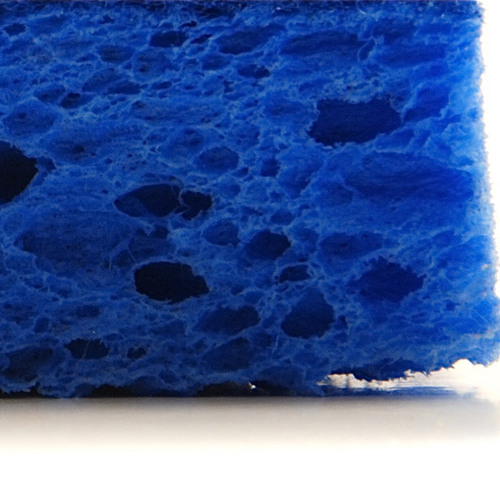
For at least five years now, I’ve had a standing email conversation with five other guys. We cover topics from building to politics to business to our marriages and divorces. They’re smart people who care deeply about the world around them. Most of us have experience in the trades and in publishing. We don’t pull punches with each other. The other day, I mentioned this blog to that group. One of the guys, who’s been a green builder for 30 years or so, and whose wife is an environmental scientist, responded with the following:
“If we actually gave a damn about the environment, we’d be applying pressure in places where it could actually make a difference. Saving the environment by super-insulating the reclaimed materials in your tiny house is as futile as imagining world peace.”
Cue sound effect of a needle dragging across vinyl.
Another replied, “These may be the best single lines about ‘green’ ever written. I do think there is more to it and a possible butterfly effect, but mainly, YES. Want to lower greenhouse gases? Carbon capture. Make Petroleum pay for it. Solar panels or green roofs on every commercial building available. Solar parking lots in every mall there is worldwide.”
Well, yes. I agree that it will take big action to really make a difference when it comes to climate change. And I wonder sometimes what the point is of the green building we do. According to the US Energy Information Administration, residential use accounts for around 21% of our total energy consumption. That’s significant. However, there are about 138 million housing units in the US, a number that grows about 1% per year. Even if every new home built going forward were net-zero, it would take a long time to move…
Weekly Newsletter
Get building science and energy efficiency advice, plus special offers, in your inbox.

This article is only available to GBA Prime Members
Sign up for a free trial and get instant access to this article as well as GBA’s complete library of premium articles and construction details.
Start Free TrialAlready a member? Log in















6 Comments
I like the 'step-back and look at the big picture' approach.
One point of confusion is the reference to XPS without the HFC blowing agents. So far as I can tell both links are referencing GPS, which is not XPS. Am I confused on this?
I work with several top notch insulating contractors here in the Twin Cities and they do air sealing of attics before adding blown insulation. The service is affordable (air sealing) 300 to 400 dollars and it really does make a difference. It can transform an attic/roof susceptible to ice dams to one that performs. Adequate ventilation is also addressed. It is not glamorous work but an airtight and well insulated ceiling goes a long way towards improving efficiency.
>" But today, XPS is available that doesn’t use HFC blowing agents. "
--------
>"One point of confusion is the reference to XPS without the HFC blowing agents. So far as I can tell both links are referencing GPS, which is not XPS. Am I confused on this?"
No- you're not confused, Andy Engle is.
Neopor (linked to in that sentence in the article ) is NOT XPS. It's graphite loaded EPS.
In Europe for at least a decade there has been XPS available that uses no HFCs, most of it's blown with CO2, surprisingly with a 100 year global warming potential of only 1 x CO2 (go figure!).
More confusionon Andy's part:
>"We all know XPS as the pink or blue rigid foam available everywhere from specialty insulation suppliers all the way down to the corner 7-11. It’s got a good R-value per inch, is relatively cheap compared to polyisocyanurate (I’m actually proud to be able to spell that), and makes much less of a mess when cut than its lower-R cousin, expanded polystyrene (EPS)."
I've have yet to see XPS come in cheaper per R than polyiso at distributor pricing. Maybe that happens some times at box stores(?). A quick web search at one of the box stores came up with $35.48 for a 4' x 8' x 2" sheet of R13 foil faced polyiso (8.5 cents per R per square foot) , and $34.94 for a 4' x 8' x 2" sheet of R10 XPS (10.9 cents per R per square foot.)
That's 28% more expensive per R-foot for XPS than polyiso, which is about the usual up-charge for XPS vs. polyiso or EPS.
Dana, you're right. I was only going by the thickness of the insulation, not the price per R.
"The service is affordable (air sealing) 300 to 400 dollars and it really does make a difference."
Doug, are they making any money to keep the business going? Or are the insulation rates really high to make up for that cheap air sealing job. Are they testing to see how the sealing went? It takes me a whole day and more to completely seal an attic properly even on a small 1200 sq/ft house. Especially if I have to move lots of insulation. Add another day if there are canned lights.
Paul,
The companies I have in mind are small family owned insulators and they work hard. Yes, they do before and after blower door tests so the service is quite complete. Doing the right thing in the building industry does not lead to an early and comfortable retirement.
Log in or become a member to post a comment.
Sign up Log in